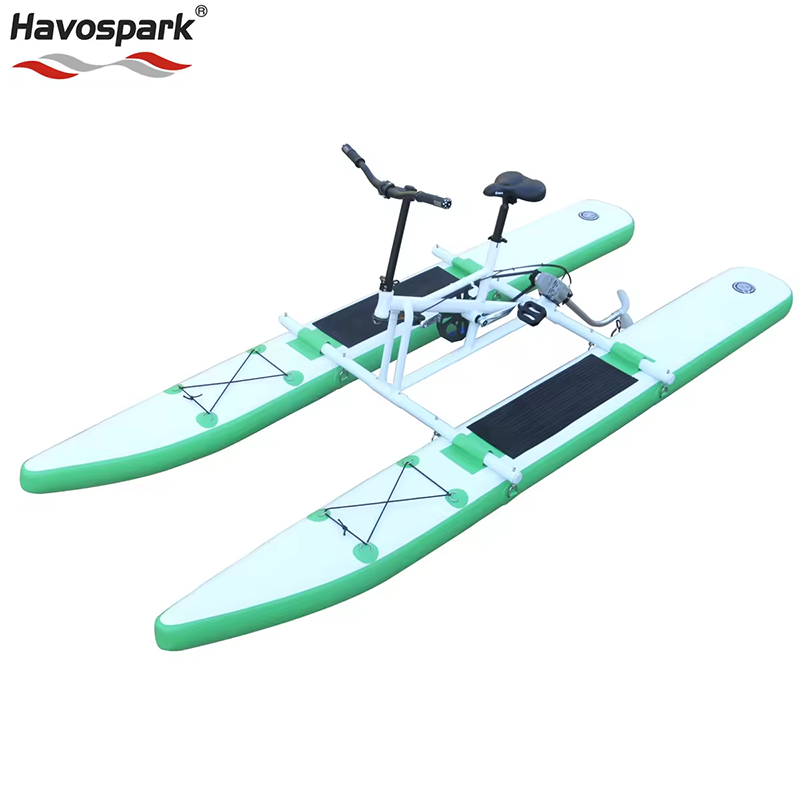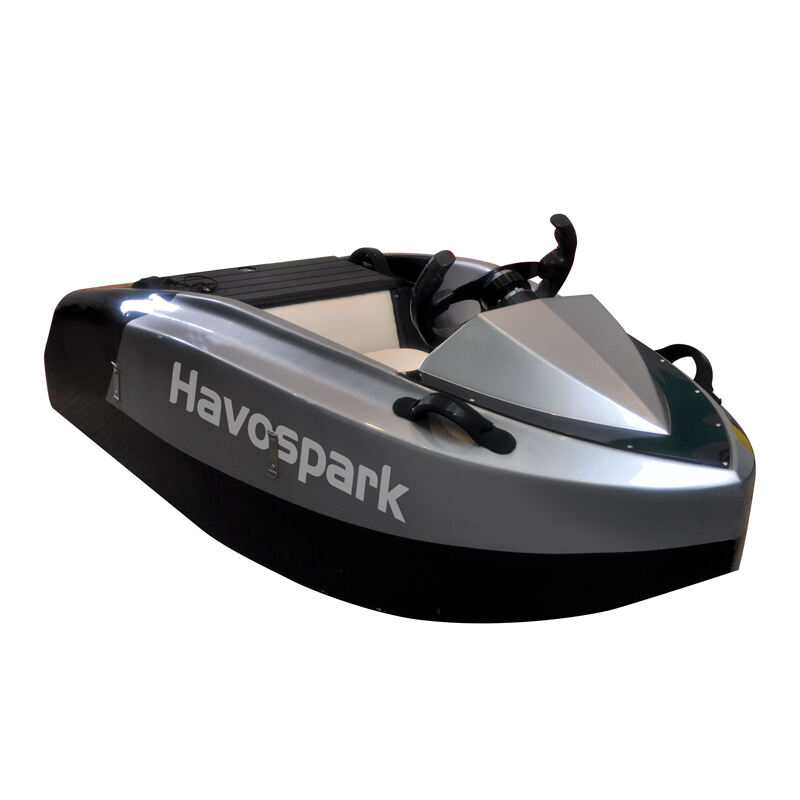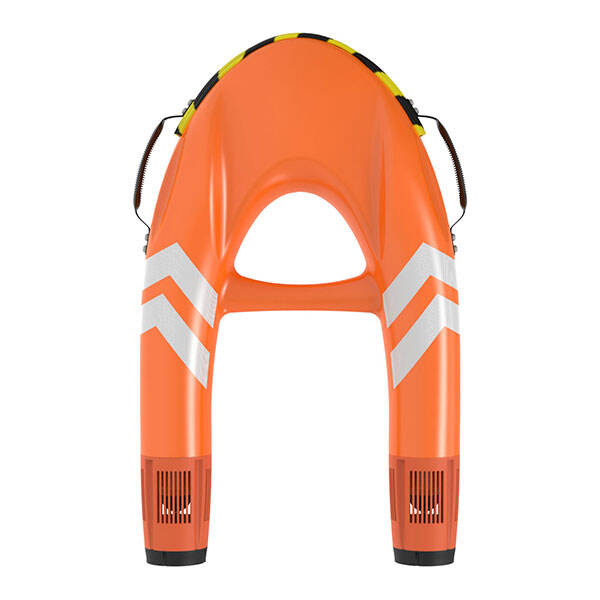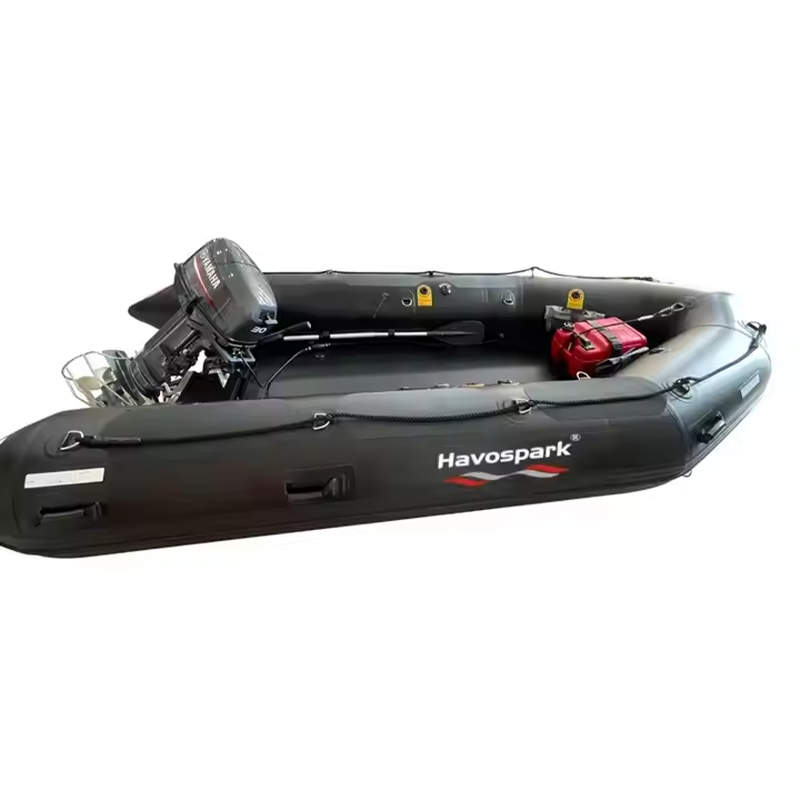The Importance of Integrating Renewable Energy into Electric Watercraft
Advancing Sustainable Marine Exploration
Integrating renewable energy into electric watercraft plays a crucial role in advancing sustainable marine exploration by minimizing the ecological footprint of these vessels. Renewable energy sources, such as solar and wind, significantly reduce dependence on fossil fuels, preventing harmful emissions that threaten marine life. This approach not only safeguards the natural habitat but also promotes eco-friendly practices, enabling more responsible exploration. Scientific research supports that electric watercraft enhance marine conservation efforts through quieter, less disruptive operations compared to traditional boats. This shift not only stands to benefit biodiversity but also aligns with the growing need for sustainable solutions in marine exploration.
Reducing Carbon Footprint in Marine Ecosystems
Electric watercraft utilizing renewable energy sources play a pivotal role in reducing the carbon footprint within marine ecosystems, which is critical for combating climate change. These ecosystems are particularly sensitive to pollution-related disturbances, making the integration of renewables vital in preserving their natural state. Transitioning to renewable energy can reportedly decrease operational emissions by up to 90%, directly benefiting marine life by promoting a healthier environment. Moreover, the push for clean technologies in marine transport supports global conservation targets aimed at protecting our oceans for future generations.
Key Renewable Energy Sources for Electric Watercraft
Solar Power Integration for Onboard Energy
Integrating solar power into electric watercraft offers substantial advantages. Solar panels can be intelligently incorporated into the design of these vessels, providing a consistent and renewable source of energy without occupying additional space. They are particularly beneficial for extended voyages, as they power onboard systems and reduce dependence on conventional grid electricity. Research underscores that electric watercraft equipped with solar technology can generate substantial power, facilitating longer exploratory periods at sea. Although the upfront investment in solar technology may be considerable, these costs can be counterbalanced by the long-term savings in fuel and maintenance, ultimately making the technology economically viable.
Tidal and Wave Energy: Harnessing Ocean Dynamics
Using tidal and wave energy provides a promising tactic to power electric watercraft through ocean dynamics. These systems offer a consistent and predictable energy source, crucial for reliable marine transportation. Thanks to innovations in engineering, it's increasingly possible to develop turbines that remain functional despite varying ocean conditions. According to case studies, effective utilization of these oceanic dynamics can yield potential energy efficiency gains of up to 80%, providing both environmental and operational benefits for marine exploration.
Hybrid Systems Combining Multiple Renewables
Hybrid systems combining renewable sources such as solar and wind enhance the reliability and efficiency of the energy supply to electric watercraft. Such systems optimize energy usage, resulting in smoother operations and improved performance in fluctuating environmental conditions. By diversifying energy sources, electric boats can minimize downtime and maximize operational flexibility. Various examples from the industry showcase their capacity to lower emissions while promoting efficiency, reinforcing the potential of hybrid systems in the marine transport sector.
Technical Innovations and Challenges
Energy Storage Solutions for Marine Applications
Innovations in battery technology are paramount for advancing electric watercraft, particularly in energy storage and weight efficiency. Lithium-ion and solid-state batteries present promising developments, offering longer lifespans and greater energy density which enhances navigation ranges for marine applications. A report from industry experts predicts that the current battery capacities will double within the next decade, fueling further advancements in marine energy storage. Nonetheless, challenges persist in ensuring these storage technologies can withstand marine environments, where temperature and moisture fluctuations can severely affect battery performance. Thus, continuous research and development are essential to optimize these energy storage solutions for marine applications.
Overcoming Efficiency and Durability Barriers
Addressing the efficiency and durability of electric watercraft components is a significant challenge for developers focused on sustainable marine exploration. Advances in materials and testing methodologies are crucial to improving the operational lifespan and reliability of electric motors, which are vital for the performance of these vessels. Notably, organizations are prioritizing research and development to innovate lightweight, corrosion-resistant materials capable of enduring the harsh marine environment. A study indicates that focusing efforts on these challenges may boost adoption rates, with demand for electric watercraft expected to rise by over 30% in the forthcoming years. By overcoming these barriers, developers can facilitate broader use of electric watercraft in marine exploration, thereby contributing to the sector's growth.
Case Studies in Marine Renewable Integration
Volvo Penta’s Boat-to-Grid (B2G) Technology
Volvo Penta’s innovative Boat-to-Grid (B2G) technology is a groundbreaking solution that allows electric watercraft not only to consume energy but also to supply energy back to the grid. This advancement enhances energy efficiency and stands as a model for sustainable marine ecosystems. By enabling boats that are typically stationary for long periods to contribute to the energy network, B2G technology balances energy demand and supply. In collaboration with companies like Varberg Energi and Ferroamp, Volvo Penta is pioneering this technology to stabilize electricity demands in coastal regions during peak hours. This initiative underscores Volvo Penta's commitment to renewable integration and sustainable marine solutions, potentially reshaping energy consumption paradigms.
Integrel E-Power Systems for Hybrid-Electric Propulsion
Integrel’s E-Power systems showcase significant progress in hybrid-electric propulsion for marine vessels by effectively combining fossil with renewable energy sources. This approach not only reduces emissions but also enhances propulsion efficiency, resulting in significant fuel savings and reduced environmental impacts. Marine operators utilizing E-Power systems have reported marked improvements, noting that the adaptable technology suits both commercial and recreational vessels. The system serves as an excellent option in diverse marine applications, bolstering efforts towards sustainability while optimizing operational efficiency. Through hybrid-electric propulsion, Integrel sets a precedent for cleaner, more efficient marine operations.
Safety and Sustainability in Marine Exploration
Essential Safety Gear: Life Jackets and Fire-Resistant Equipment
Ensuring safety on electric watercraft is crucial, with life jackets playing a pivotal role. There are various types, including those designed for infants and adults, catering to specific activities and requirements. The market has evolved to offer diverse options such as infant life jackets and life jackets for adults, which enhance security on water. Awareness of safety protocols is vital for marine operators, especially with the introduction of electric technologies. Notably, statistics show that wearing life jackets can reduce the risk of fatalities in marine incidents by over 80%, highlighting their critical importance in enhancing marine safety.
Minimizing Environmental Impact Through Design
Sustainably designed electric watercraft significantly minimize environmental harm by incorporating eco-friendly materials and manufacturing processes. Advanced technologies like computer modeling and simulation aid in developing efficient and environmentally friendly vessels. This also includes integrating renewable energy into electric watercraft for marine exploration. Strategies such as eco-design and lifecycle assessment are crucial, reducing both material usage and waste generation. Research indicates that proper design can decrease a vessel's environmental impact by up to 40%, reinforcing the importance of sustainable practices in the marine sector. These efforts are central to promoting environmental stewardship and innovation in marine exploration.








 Hot News
Hot News
